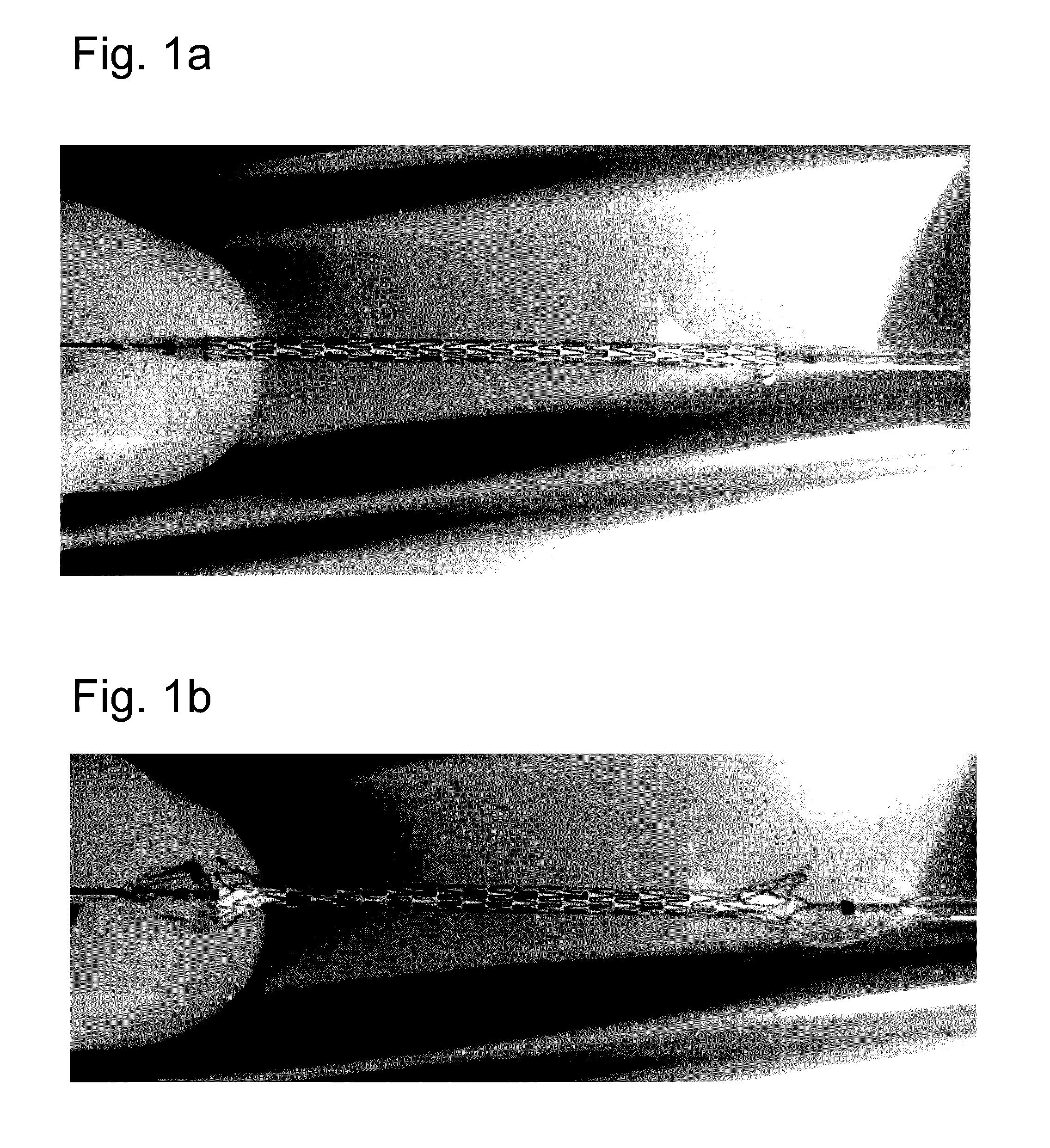Medical balloon for a catheter
a technology of medical balloons and catheters, applied in balloon catheters, medical science, surgery, etc., can solve the problems of local flow constriction or damage of natural conduits in bodies, undesirable foreshortening effect, and deviation of length, so as to improve the expansion properties
- Summary
- Abstract
- Description
- Claims
- Application Information
AI Technical Summary
Benefits of technology
Problems solved by technology
Method used
Image
Examples
Embodiment Construction
[0028]FIG. 3 schematically illustrates a medical balloon 10 (or simply referred to as “balloon”) according to an exemplary embodiment of the invention. FIG. 4 schematically illustrates part of the balloon 10 in a three-dimensional view. The balloon 10 can be formed in numeral different shapes, such as a conical balloon, a spherical balloon, a long spherical balloon, an offset balloon, a square balloon, a tapered balloon, a stepped balloon, etc. FIG. 3 illustrates as one example a balloon 10 having a central section 11 which is cylindrical shaped in a fully expanded state (shown in FIG. 6). The portions of the balloon 10 at both longitudinal ends of the central section 11, are a proximal cone section 29 and a distal cone section 30, both of which have a cone shape in the fully expanded state of the balloon, which state is illustrated in FIG. 6. The terms “proximal” and “distal” are well known in connection with catheters, wherein “distal” refers to the end of the catheter which is in...
PUM
 Login to View More
Login to View More Abstract
Description
Claims
Application Information
 Login to View More
Login to View More - R&D
- Intellectual Property
- Life Sciences
- Materials
- Tech Scout
- Unparalleled Data Quality
- Higher Quality Content
- 60% Fewer Hallucinations
Browse by: Latest US Patents, China's latest patents, Technical Efficacy Thesaurus, Application Domain, Technology Topic, Popular Technical Reports.
© 2025 PatSnap. All rights reserved.Legal|Privacy policy|Modern Slavery Act Transparency Statement|Sitemap|About US| Contact US: help@patsnap.com



